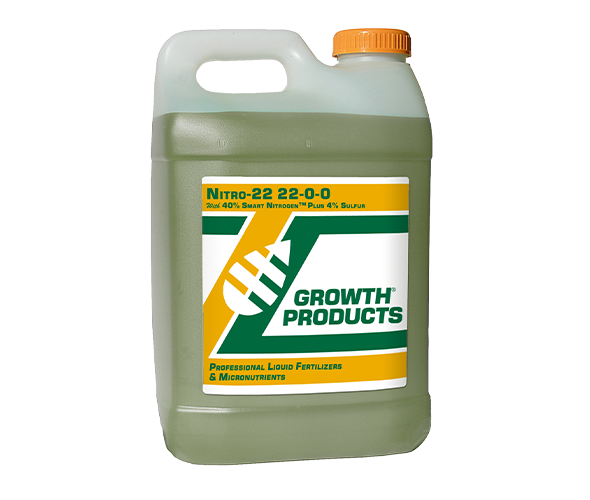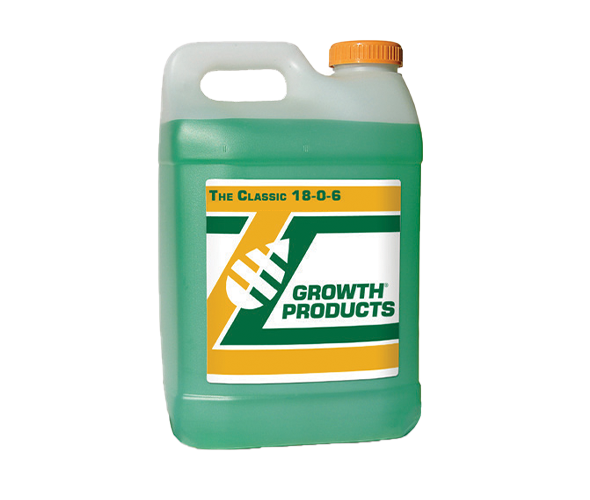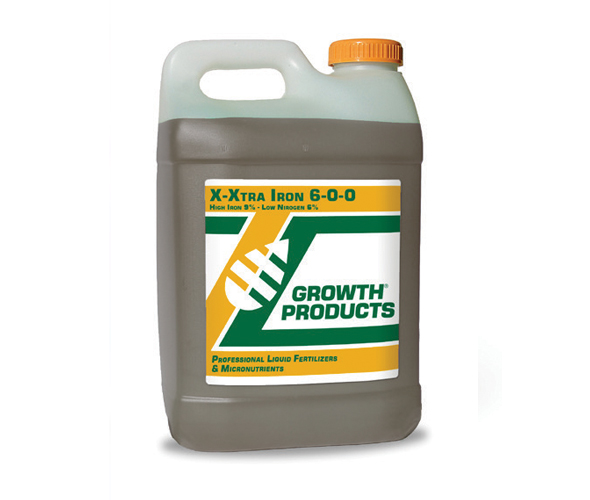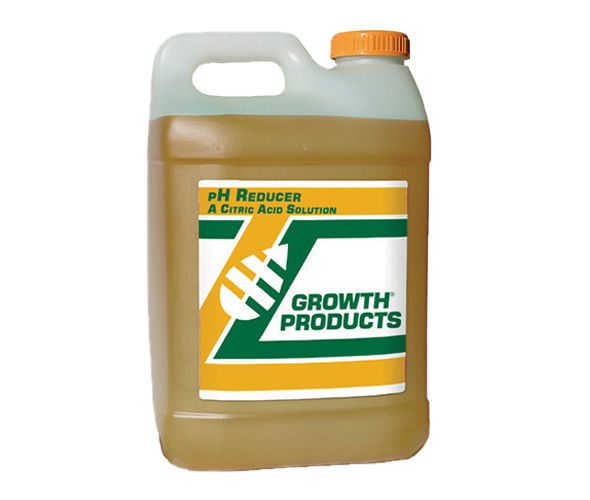The majority of turf diseases are caused by fungal pathogens but some fungi are more strongly pathogenic than others. Many of the common cool season turf diseases are caused by fungi that rely on a weakened plant and therefore reducing disease incidence and severity is often aligned to maintaining a strong sward. With on-going changes to European Legislation relating to pesticide use, it is more important than ever that an integrated approach to disease management is employed and central to this is an understanding that the cultural conditions can limit disease development. Making use of the genetic variation that exists between grass types and cultivars can also minimise disease development through a sward. By managing rootzone quality and using weather information services, it can also be possible to pre-empt disease outbreaks and plan an efficient integrated management strategy.
Pathogen: Rhizoctonia solani
Susceptible Species: Bentgrasses (Agrostis spp.), Ryegrasses (Lolium spp.), Annual Meadow Grass (Poa annua) and Tall Fescues (Festuca arundinacea) are the most commonly affected, but Smooth-Stalked Meadow Grass (Poa pratensis) and Red Fesuce (Festuca rubra spp.) can also be occasionally attacked.
Brown patch requires a combination of high temperatures (20-30oC) and high humidity (or high levels of leaf wetness through irrigation). These conditions mean that it is becoming more common in sports turf stadia and training grounds where summer grow-ins and early season play in hot temperatures mean there is a demand for constant irrigation to produce a fast playing surface and constant growth for recovery.
Once considered a lesser disease in the UK, it is becoming more common and, if left unchecked, outbreaks can lead to unsightly damage and a loss over of turf cover.
Cultural & Chemical Prevention:
Ensuring an adequate, but not excessive, amount of nitrogen is available to the plant is important. Maintaining good healthy growth without ‘stretching’ the cells with rapid growth is the key. Leaf wetness is very important for infection and development of the disease, so dew removal and regular brushing of damp surfaces will help reduce symptoms. Irrigation should ideally be carried out at a time that gives the leaf time to dry before nightfall when conditions for disease are present.
The disease can survive in soil for a number of years until conditions and/or a susceptible grass species are present and infection will then occur. Disease spread can be rapid when temperatures reach above 25oC in combination with rain/thunderstorms and an atmospheric relative humidity close to 100%. The greatest turf damage will occur with lush turf in this environment.
Fungicide Only Options:
Curative:
- Difenoconazole + Fludioxonil (Instrata Elite)
Preventative:
- Azoxystrobin (Phloem)
- Difenoconazole + Fludioxonil (Instrata Elite)
Fungicide Only Options:
- 500g Phloem + 4l TKO Phosphite + 7l/ha SAR Activator SA
- 500g Phloem + 20l X-Xtra Iron + 20l pH Reducer
- 3l Instrata Elite + 2.8l Pure Kelp SA
- 500g Phloem + 4l Companion
- 500g Phloem + 4l Companion + 10l Essential Plus

Example of Brown Patch
Symptoms
On closer-mown golf and bowling green turf, circular patches of tan-coloured grass up to 50-60cm in diameter can be seen. This can develop into a darker, water-soaked appearance and there can be a brown or grey border on the outside of the infection (known as a ‘smoke ring’).
On longer, ryegrass swards of sports pitches the plants struggle to stand upright and patches of weak, blighted turf can be seen. The ‘smoke ring’ is a lot less common on sports pitches than on fine turf.
Patches can join together to form larger areas of damaged turf if left untreated and the disease can be spread via mycelium and sclerotia mechanically with machinery or by foot traffic. Brown Patch is more common on areas where high levels of nitrogen have been applied. Although it gives turf a very poor appearance, the disease rarely infects the crowns of plants and recovery is usually good.
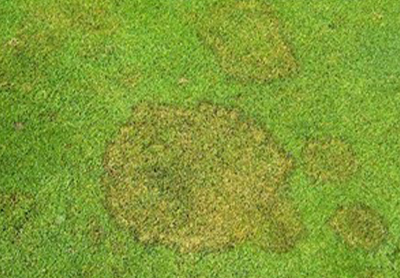
Brown Patch on a putting green. The darker brown ‘smoke ring’ is very clear in this example.
Non-Pesticidal Brown Patch Prevention
Use Sustane 4.6.4 as a base feed alongside biostimulants to maximise soil and plant health. Ensure growth levels are at a sensible level by utilising nitrogen sources that will give you the growth levels you require. Foliar programmes should use low salt, slow release nitrogen sources to prevent growth flushes such as Growth Products Nitro 22, Classic 18.0.6 and Quick Response 20.3.3. Stimulate the plants natural defences using TKO Phosphite and SAR Activator SA.
Acidifiying the leaf has been found to be very beneficial is stopping the spread of brown patch. An application of 20l/ha Xtra Iron + 20l/ha pH Reducer will slow the spread significantly and maintain turf coverage.


